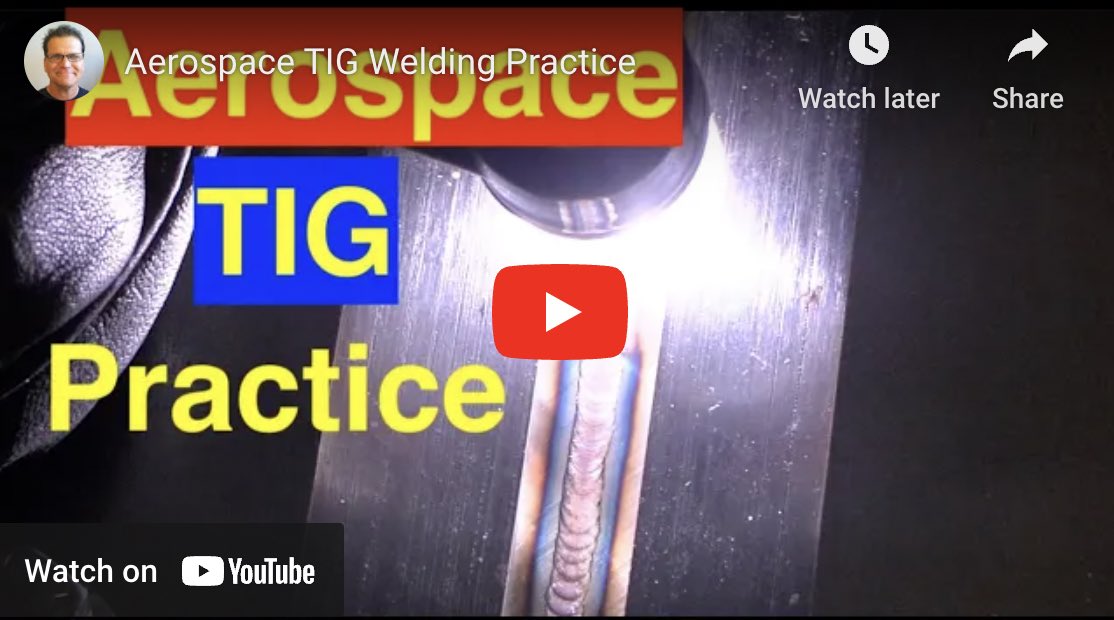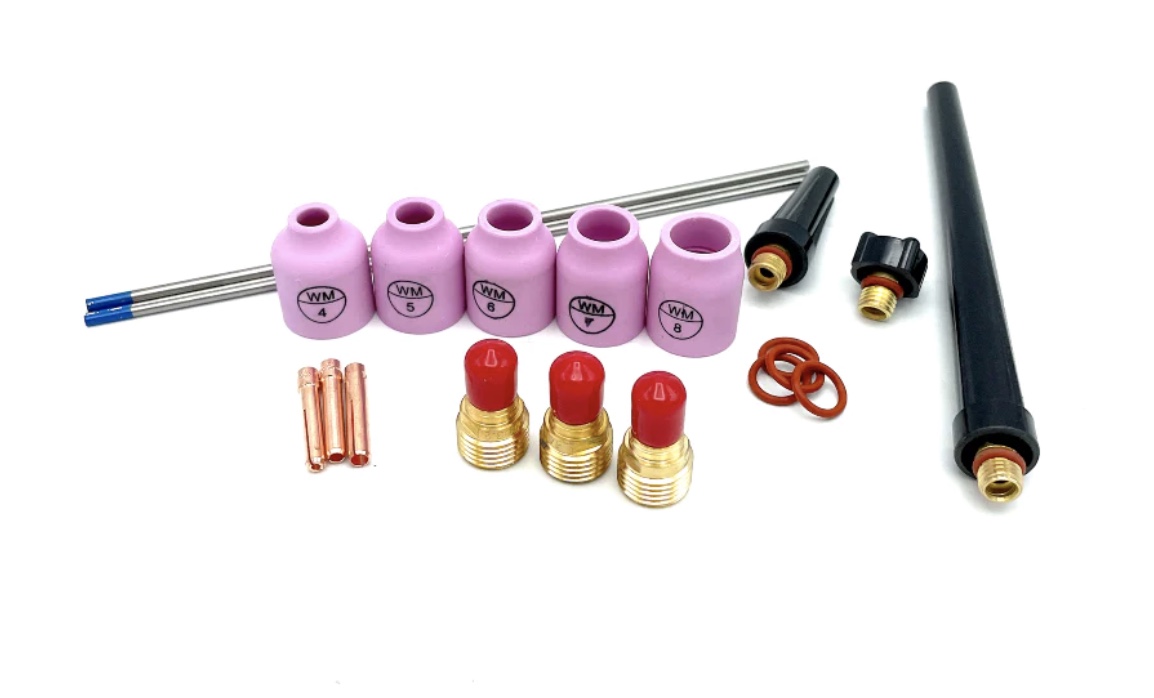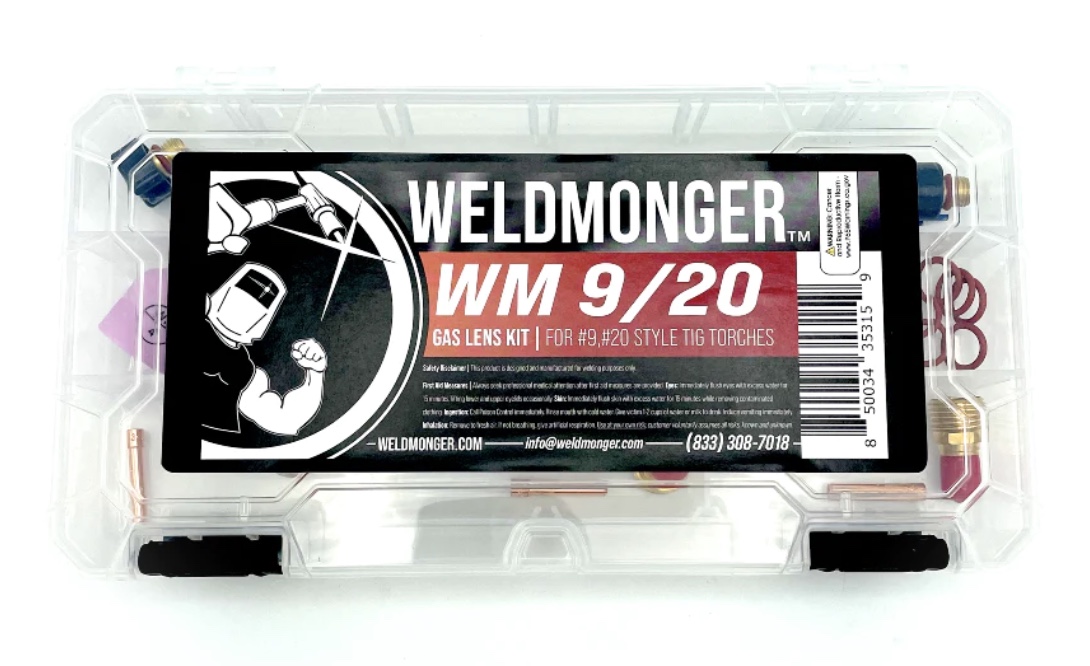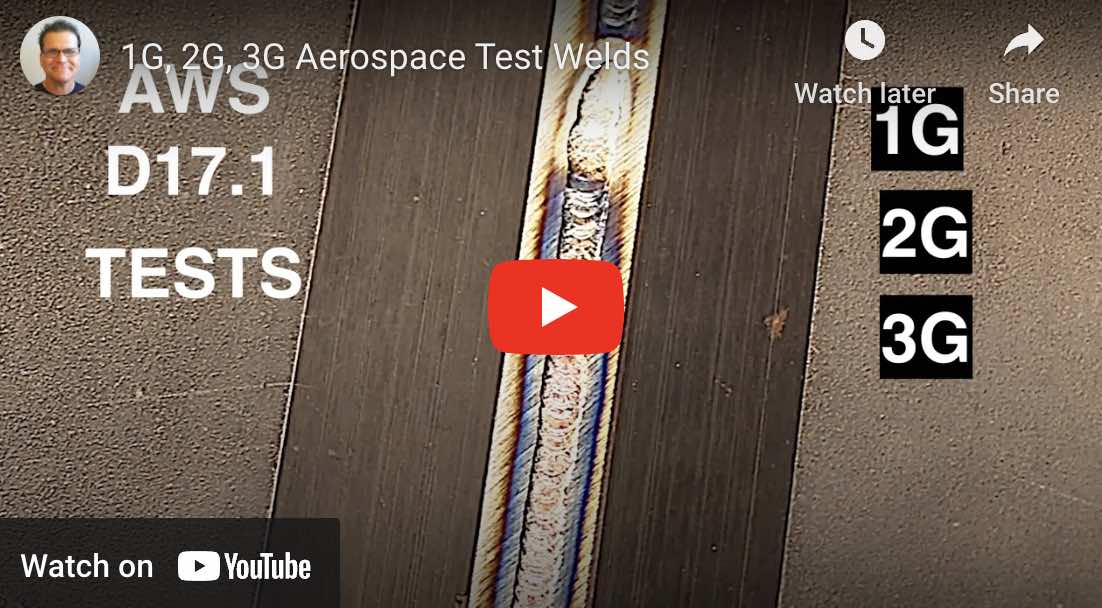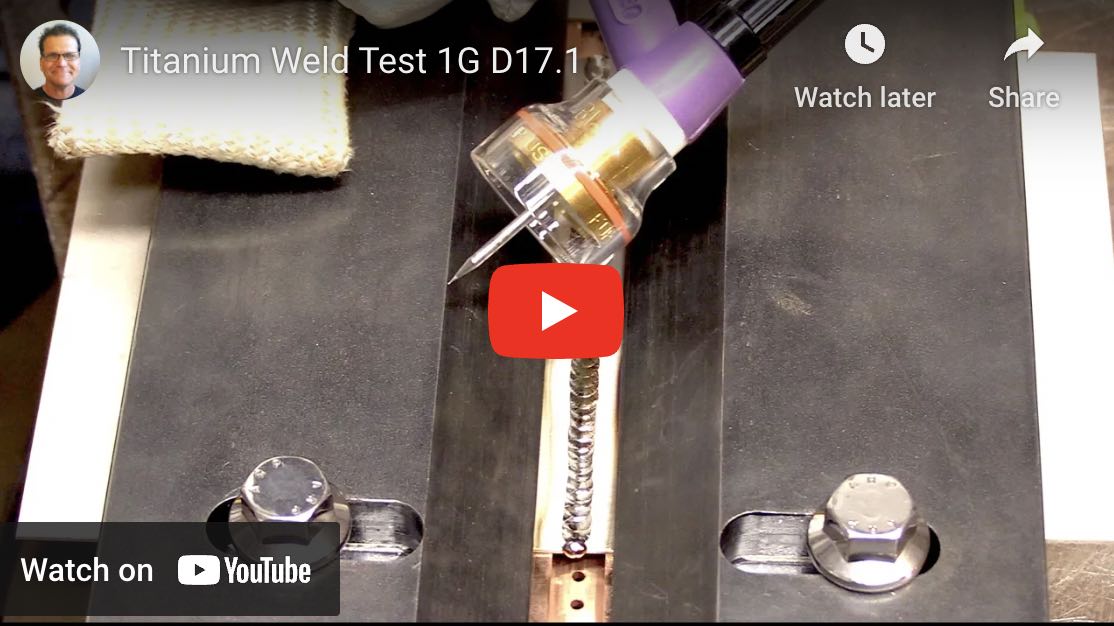Aerospace TIG welding
A Typical Aerospace TIG Welding Test is the 1G test
Aerospace TIG welding requires stringent testing not only for production and repair but during the welder certification process too.
Requirements for certification tests are in AWS D17.1 spec which also covers ground equipment.
The 1G welding position is often the very first weld test given in the aerospace industry.
This article details the typical procedures and requirements of a 1G aerospace TIG welding test.
Practicing for Aerospace tig welding
Sometimes other positions are used like 2g and 3g
Titanium Aerospace tig welding test
What is the 1G Welding Position?
### Definition of 1G Position
The 1G welding position refers to welding performed on a flat surface where the weld axis is horizontal. This is the most basic welding position and is often used in initial welding tests to assess basic welding skills.
### Importance in Aerospace Welding
In aerospace applications, the 1G position is commonly used for testing because it allows for a straightforward evaluation of a welder's ability to control the weld pool, heat input, and penetration.
## Preparing for the 1G Aerospace TIG Welding Test
### Material types
For aerospace TIG welding tests, the materials typically used are those commonly found in the industry, such as aluminum alloys, titanium alloys, and stainless steels. The test piece dimensions and material type will be specified according to the test requirements. Typical thickness for an aerospace welding test is .020"-.063" depending on scope of work.
### Equipment and Setup
- **TIG Welding Machine**: You will be expected to know how to set whatever welding machine is used so knowing how to set polarity, AC waveforms, and other settings is fundamental.
- **Tungsten Electrode**: Typically a smaller diameter tungsten (e.g., 1/16 inch or 1.6mm) is used but you will need to read the weld procedure to make sure you are using the correct size and type of tungsten electrode.
- **Shielding Gas**: Argon or a mixture of argon and helium, depending on the material.
- **Gas Lens Cup**: Ensures optimal gas coverage and visibility of the weld pool.
### Joint Preparation
Proper joint preparation is crucial. The edges of the test pieces must be clean and free of contaminants. Cleaning and preparation of the test pieces prior to welding is just as important as the welding itself.
## Performing the 1G Welding Test
### Setting Up the Welding Parameters
- **Amperage**: follow the wps (welding procedure specification) Lower amperage is often used for aerospace welding to prevent overheating and distortion.
- **Voltage**: with tig welding the voltage is typically affected by arc length.
limit arc length to diameter of electrode used.
- **Gas Flow Rate**: Set to provide adequate shielding without turbulence.
### Starting the Weld
- **Tack Welds**: Tack welds are placed on the ends of the joint and sometimes at intervals along the joint to hold the pieces in place.
- **Initial Arc Strike**: The welder initiates the arc using a high-frequency start or lift start technique.
### Welding Technique
- **Travel Speed**: Consistent travel speed is maintained to ensure uniform bead appearance.
- **Filler Material**: Appropriate filler rod is used, and specified in the WPS. The filler rod is fed into the weld pool with careful control to avoid contamination.
- **Arc Length**: Short arc length is maintained to provide better control over the weld pool and penetration.
### Controlling the Weld Pool
The welder must continuously monitor and adjust the weld pool to ensure it remains stable and properly fused. This requires a steady hand and a keen eye to adjust for any variations in the weld.
## Evaluating the 1G Aerospace TIG Weld
### Visual Inspection
- **Bead Appearance**: The weld bead should be smooth and uniform with no visible defects
- **Penetration**: The weld should show consistent penetration along the entire joint.
### Non-Destructive Testing (NDT)
- **X-Ray Inspection**: Used to detect internal defects such as porosity, inclusions, or lack of fusion.
### Importance of Certification
Successfully passing the 1G welding test is essential for welders in the aerospace industry, as it ensures they possess the necessary skills to produce high-quality, reliable welds critical to the safety and performance of aerospace components.
Aerospace TIG welding (Tungsten Inert Gas) is a specialized segment of the welding industry that often requires skill and proficiency in all types of metals.
Carbon and low alloy steels like 4130 chromoly, Iron based stainless steels like 321 stainless, 17-4, Nickel alloys like inconel 718 and hastelloy x, Aluminum alloys and castings, magnesium castings, Titanium, cobalt alloys, and even other little known metals like niobium.
Typically aerospace tig welding requires more precision, lower amperage, smaller diameter tungsten, and specialty gas lens cups to achieve high-quality welds needed for the aerospace industry. This article explores the intricacies of TIG welding in the aerospace sector, its importance, and the techniques involved.
## The Importance of Precision in Aerospace TIG Welding
### Why Precision Matters
Metals are thinner and more crack sensitive, dimensional requirements are tighter, and the puddle is smaller than most other industries where tig welding is used.
Precision in aerospace TIG welding ensures the structural integrity and safety of aerospace components. Welds are subject to thermal cycling, vibration, and high stresses.
### Achieving Precision
Precision is achieved through welding skills, good eyesight, meticulous control of welding parameters, including amperage, tungsten size, filler metal size, and shielding gas flow. Proper technique and equipment are essential.
Eyesight.
AWS D17.1 requires welders to pass a vision test along with passing actual welding certificaton tests.
## Lower Amperage: Key to Controlling Heat Input
### Understanding Amperage in TIG Welding
Amperage and travel speed are 2 main factors that affect the heat input in TIG welding.
Controlling amperage along with precision bead placement is required for welding the thin materials commonly used in aerospace components to prevent distortion and burn-through.


